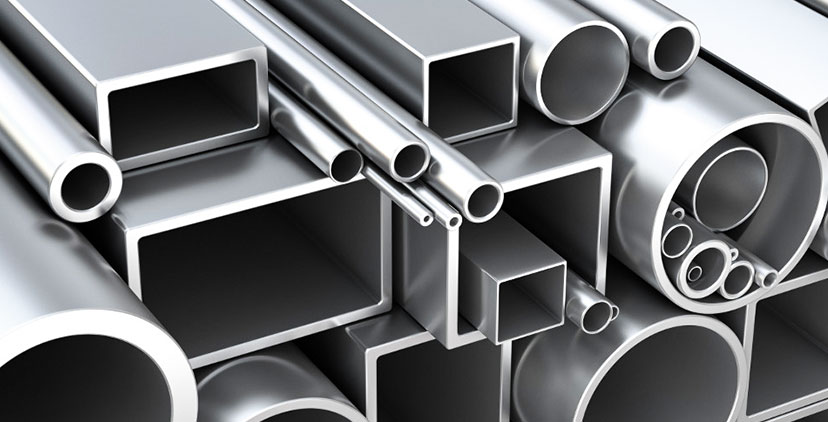What is Aluminum Formwork System? Advantages & Disadvantages
If you are going for systems that will work for your construction plan, you should consider aluminum formwork. An aluminum formwork system is a construction process that creates cast-in-place concrete structures.
It also oversees the creation of other construction areas like steel reinforcement, concrete placement, and mechanical and electrical conduits. An aluminum formwork system is perfect for areas that need concrete construction that applies a lot of pressure in the building.
Even though it uses new technology, more people are embracing it because of its numerous benefits. Here are the pros and cons of the system that will help you make an informed choice on whether to work with the system or not.
Reasons why many industrial processes are using aluminum formwork
Over the years, more people have embraced aluminum formwork as their preferred system in construction. Since there are various ways to create the formwork, aluminum formwork must have some qualities that make it stand out. In understanding what aluminum formwork is, you can figure out whether this is a system that will work for you.
· Conventional formwork system often takes a long time to complete. As such, the construction crew prefers using aluminum formwork. Since it takes way less time, it speeds up the construction process.
· It is considered perfect for constructing high-rise buildings because it is fast and easy to assemble the formwork. Most high-rise buildings like it because it is easy to create custom formworks.
Most industries that are into commercial construction prefer to use aluminum formwork because of all the great qualities it has. In using aluminum formwork, one can ensure that the construction process goes by faster and smoother.
Procedure for aluminum formwork
To help you appreciate the process better, here is a summary of how aluminum formwork processes go. It helps you determine what to expect and how it impacts the final construction process.
Setting up the reinforced steel wall
Before any work starts, a reinformed steel wall must be made. The steel mesh is font cast in the factory before being transported to the site. It determines the overall structure of the building and ensures everything starts upright.
Placing formwork
Once the reinforced wall is made, the next step is pacing the formwork. Aluminum formwork is made ready for installation, so there is little preparation. While at the site, all the contractors need to do is inform the factory of the sizes of the slabs, stairs, and any other areas that need the aluminum formwork. Once the formwork is shipped, the next step would be to be assembled at the construction site.
Pouring concrete
With the formwork in place, all that is left is for the concrete to be poured into the framework. The concrete is often poured and left to cure before the formwork is removed. Care must be taken to also ensure that there are no air bubbles or gaps in the concrete, as that will greatly affect the overall structure of the building. Once this step is done, the formwork is removed, and the rest of the construction can go on.
Aluminum formwork is perfect when one does not have time to create their formwork out of timber and does not want to mess up with the dimensions.
Advantages
· It produces quality every time.
· Aluminum formwork is light yet strong, which makes it the go-to for most people in construction.
· It makes assembling a building fairly easy.
· There are fewer leaks when using aluminum formwork since there are little to no joints between them
· To reduce on-site garbage, you can get it equipped with a quick-release mechanism
· It can be recycled, so that cuts down on the amount of waste that goes into landfills
· Aluminum is durable, which makes it a worthy investment in the long run
· It has a simple interlocking system that needs only semi-skilled labor for installation
· it can easily accommodate architectural features
· it requires minimal maintenance costs
· It gives a good quality finish
Disadvantages
· They are a high-cost system, and the initial investment is often too high for most people to afford
· It is impossible to repair it in case of a deformation
· When compared to steel formwork, setting up the aluminum version cost a lot
· It is unsuitable for smaller construction projects since the price will not make sense
· The components are so small they often leave marks on the concrete after construction
· Since there is a high possibility of shrinkage in the construction, you might notice small cracks appearing in the concrete
· Setting it up will take a long time
· Once construction happens, you cannot go back and modify the architecture
· The aluminum formwork is highly likely to be stolen because of how priceless aluminum is.
By understanding the pros and cons of aluminum profiles, you can make better and more informed buying choices.




